As artificial intelligence continues to evolve, the concept of an AI-generated blog is moving from novelty to necessity. Today, digital marketers, UX strategists, and developers are leveraging AI writing tools not just to save time—but to enhance quality, scalability, and creative capacity. With rising interest in human-AI collaboration, it’s essential to explore how these technologies are transforming the way we think about digital content, and most importantly, how AI writes content that resonates with human audiences.
🧠 What Is an AI-Generated Blog and Why It Matters
An AI-generated blog is a content piece created by artificial intelligence, often using large language models like Claude or ChatGPT. These tools are trained on massive datasets and are capable of producing coherent, often insightful, written content with minimal human input.
Why is this important?
- Businesses can scale content production faster.
- Startups and small teams can create without hiring full editorial staff.
- AI reduces repetitive writing tasks and boosts ideation.
More companies are now experimenting with models like Anthropic’s Claude, which has started writing entire blog articles—sometimes with minimal human editing. This shift is not just about automation—it’s about evolving the AI content strategy itself.

🤝 Human-AI Collaboration in Blog Production
Despite the advancements, an AI-generated blog is not a fully autonomous machine. Humans still play a vital role in reviewing, editing, and ethically guiding the content creation process.
Why editorial oversight matters:
- AI can hallucinate facts or misinterpret tone.
- Legal, sensitive, or medical content must still go through human verification.
- Brand voice and user experience require human intuition.
This type of human-AI collaboration ensures the final blog remains accurate, readable, and aligned with business goals.
Learn more about improving UX in your software at this guide on Bozzabench
⚙️ Using AI Writing Tools for Scalable Content
From blog post outlines to full-length articles, AI writing tools are now capable of:
- Generating SEO-optimized drafts
- Suggesting internal links and metadata
- Adjusting tone based on your audience
Some tools even support multi-language output, helping global brands reach broader markets. For teams already using platforms like Webie, integrating AI into your publishing workflow is now easier than ever.
Still, it’s important to treat AI as a co-creator, not a replacement for strategic content thinking.
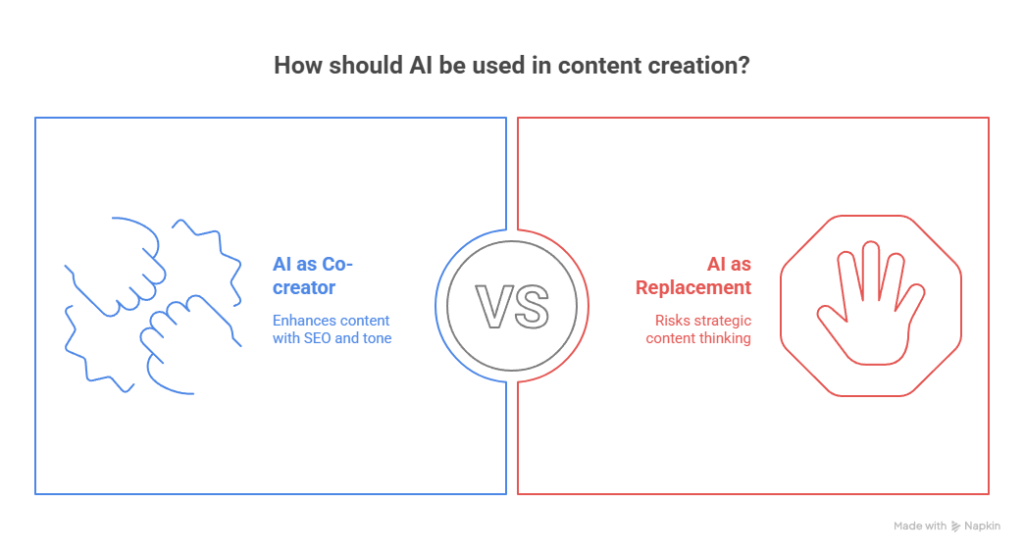
⚖️ The Ethics of AI-Generated Blogs
As the lines blur between human and machine authorship, ethical considerations become more important:
- Transparency: Always disclose when AI contributed to your content.
- Originality: Use plagiarism checkers to avoid unintentional duplication.
- Responsibility: Ensure your brand is not spreading biased or harmful content.
Anthropic, for example, keeps a human-in-the-loop model, where editors oversee every AI blog post before publishing. This helps maintain integrity while speeding up content creation.
📈 How Marketers Can Use AI Content Strategy
To stay ahead, marketers should adopt a hybrid content model:
- Use AI to draft initial concepts or headlines.
- Add human refinement for tone, relevance, and branding.
- Analyze audience data to improve the next cycle.
This hybrid approach can also power multi-format content like podcasts. Check out our podcast archive to see how we combine human and AI-generated content in audio storytelling too.
🔚 Final Thoughts: AI-Generated Blog as a Creative Partner
An AI-generated blog is more than an automated tool—it’s a creative partner that, when used wisely, enhances your team’s capabilities. By blending AI content strategy with ethical guardrails and human creativity, brands can produce smarter, faster, and more impactful content at scale.
To explore AI-powered digital tools tailored for your content and UX needs, visit Webie.com.vn for solutions that combine tech innovation with human-first design.

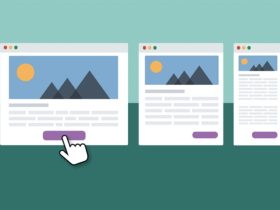
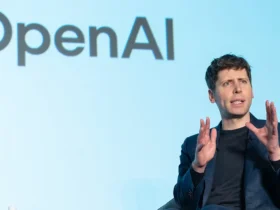



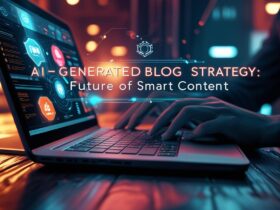



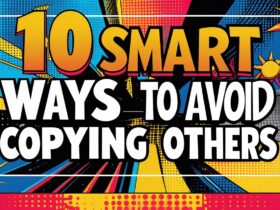





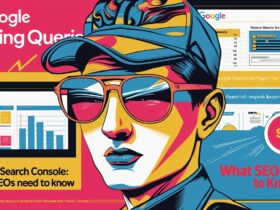






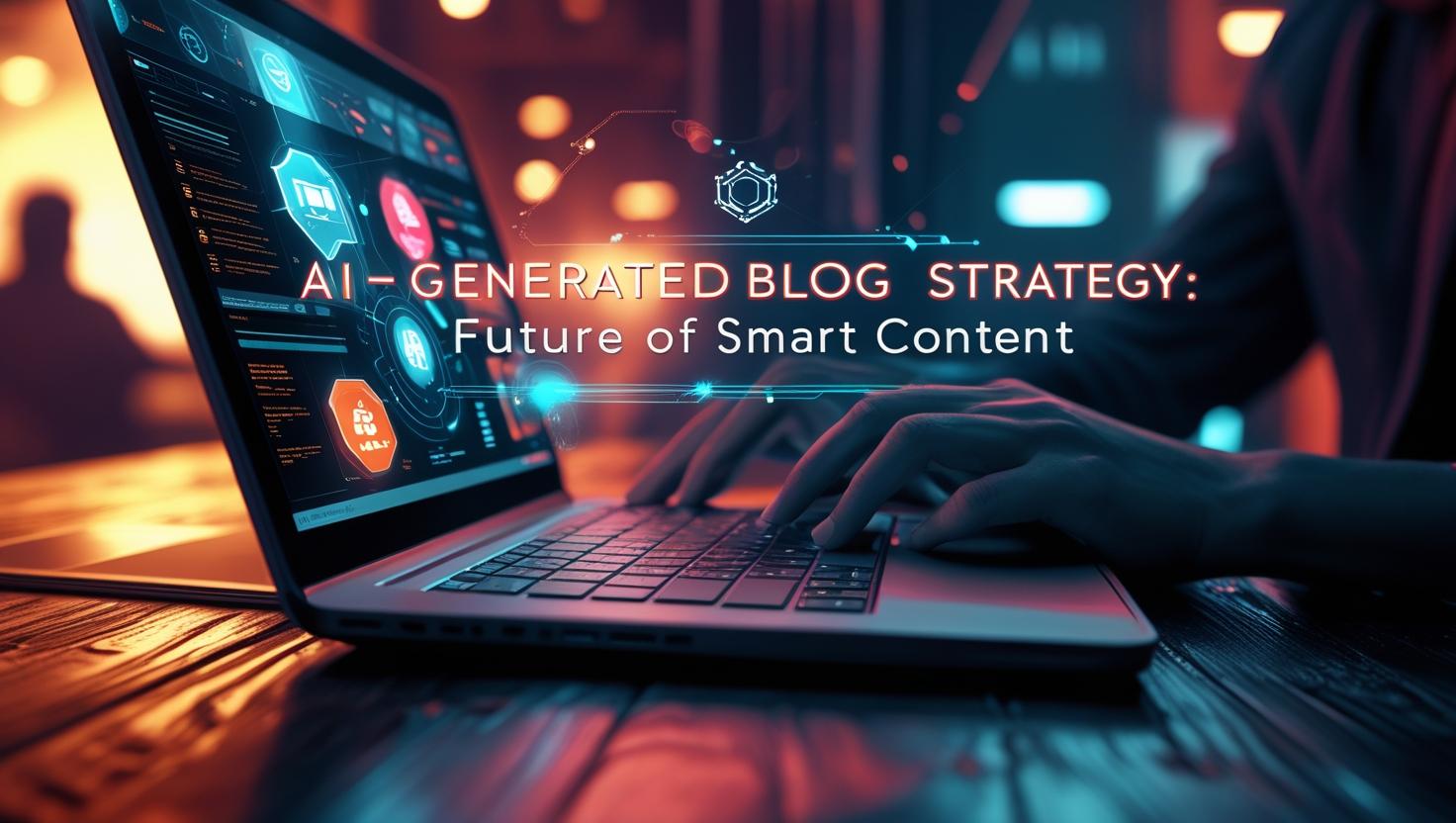



Leave a Reply